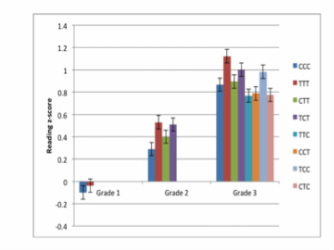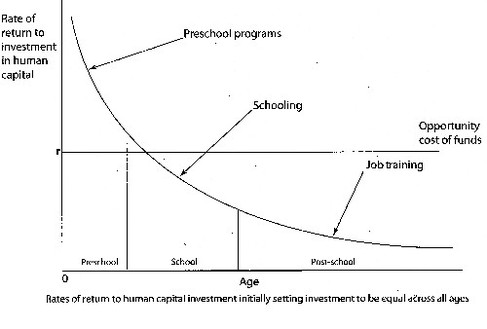
Many community members conceptualized it this way: if we are able to get 80% of our children ready for kindergarten, then as that class -- that cohort -- moves to 1st grade, how can we assure that 80% or more are at grade level (or ready for 1st grade work)? And then, as we follow that first grade cohort to 2nd grade, are, at least that same percentage, at grade level? If a community carries this forward, it is not hard to see how the "cohort effect" can literally transform ALL educational outcomes in a community in a single generation -- or the time we, as a nation, have been struggling with "no child left behind."
First in Decatur, Illinois, then in Shelbyville, Indiana and again recently in Erie, PA, there was an understanding that getting children ready for kindergarten was important, but not sufficient, in achieving sustainable outcomes. Much as an earlier landmark research associated with Perry Pre-School demonstrated, it is one task to get children on grade level, but it is an even more significant task to keep them on grade level.
Our communities were finding that getting children ready for kindergarten required two shared decisions: what do we mean by "ready" and how will we measure progress to that outcome. "How will we know?" This took a concerted -- cross-sector -- effort of leaving past agendas and ideologies at the door and clarfiing adult expectations from the point of view of the student success.
Now comes some powerful randomized control research. A2i (see below) has shown significant efficacy as an innovative way to support teachers’ implementation of effective differentiated, individualized, reading instruction, borne out in a series of randomized control field trials described specifically in numerous peer-reviewed journal articles and chapters. From kindergarten through 3rd grade, students in the A2i classrooms showed significantly greater reading gains compared to students in control classrooms. Moreover, the most recent A2i research (Connor, Morrison et al. in press) reveals that it is not enough to provide highly effective reading instruction only in 1st grade (see Figure; TTT = students in A2i classrooms all three years; CCC = students in control classrooms all three years; z-score 0 = end of 2nd grade achievement). The results of this three-year cluster-randomized-control longitudinal efficacy study (with over 850 students) revealed that once is not enough even in first grade. The support for a first grade inoculation effect was inconsistent and inconclusive (e.g., TCC vs. TTC in Figure below). Rather, students who received the more efficacious A2i instruction in first, second and third grade (TTT) had stronger reading skills at the end of third grade than did children who received fewer years, regardless of when the A2i instruction was received. The accumulated impact was large by any standard. Additionally, effects accumulated from 1st through 3rd grade (Connor, Morrison et al. in press) and 94% of children in A2i classrooms 1st through 3rd grade were reading at or above grade level compared to only 78% of children in control classrooms all three years and compared to the national average of 66% of 4th graders reading at basic or above levels according to the 2011 NAEP.
To be tweeted links to my new posts -- blog, book reviews (both nonfiction and fiction), data or other recommended tools -- either go to Twitter.com and follow me @jcrubicon, or just go to my Home page and click on the Twitter button on the right, just above the tweet stream, and follow me @jcrubicon.

 RSS Feed
RSS Feed
